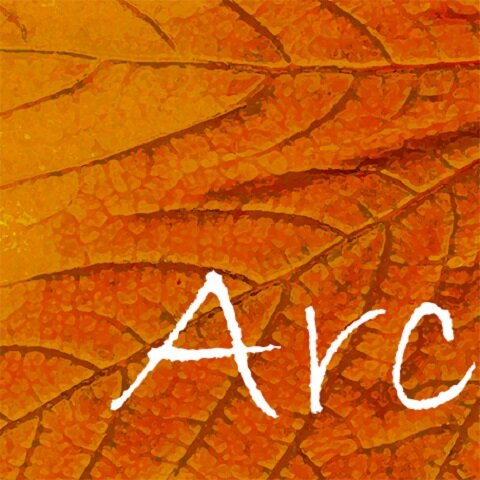Huts of Happiness
I am an Architect at a time when Architecture is in crisis. Responsible for 40% of carbon emissions, 40% of solid waste, the sector with the worst gender balance, a profession lashed to a consumer culture that relies on defuturing extraction economics. Concrete, responsible for 9% of global CO2 emissions is the second biggest resource consumed by mankind, after only water. In many ways we are the destruction sector, not the construction sector.
So at Arc we are redefining our role - Architects not as makers of stuff, but as curators of relationships between people and place. Architects need to make fewer buildings, better buildings, improve the ones we have and heal some of the damage we have wrought, at both local and global level.
Huts have an exciting role as agents of that cultural change. Huts, always strong contributors to social resilience and personal wellbeing, can be part of a broader transition to a more restless, flexible and inclusive Architectural culture in Scotland, one with a dramatically lower environmental footprint.
Their small scale and non-permanent residence status offers an intimate way of being in place, with great freedom in design and delivery, if we can grasp it. Contemporary huts’ deep roots in our vernacular architecture echo the transhumance of sheiling cultures and the landscape of belonging held by Scottish Travellers, connecting us right back to our 6,000 years of Mesolithic habitation patterns.
Last year, were invited to join conversations developing the themes in Arturo Escobar’s stimulating book Designs for the Pluriverse and spent a week on Mull with one of the Ambassadors of the North Sea, part of the movement to give political voice to non-human entities. In this, we understand the North Sea to include the water, seabed and coasts, the air above, all its living creatures and natural resources, culture and heritage. A being in its own right.
And if we found ourselves in the situation of writing a political constitution for Scotland that included the Rights of Nature, what would Scotland’s soils, woods, waters, mountains, air and other creatures say to us humans in Scotland’s new Parliament of Beings? It’s a conversation some are already having.
Scots are in cultural transition to a better balance within nature, where people belonging to the land is more important than land belonging to people. In that change process, huts are a playground where we can explore conversations of places’ pluriversal relationships to people.
In this playground, we can start to play again some old games for our past. One of the defining characteristics of our hutting heritage is that they were often informally built by people themselves from simple resources that were inexpensive and readily to hand. We need to sustain this cultural character if we are to have huts flourish for all, letting everyone into our hutting playground.
Earlier this year, Historic Environment Scotland asked Arc to develop this concept of a contemporary vernacular hut and we are currently looking at designs and processes that might be trialled at a hutting site over the next couple of years. Let’s keep Scotland’s Architectural culture real, green and for the people, through the progressive happiness of huts!


